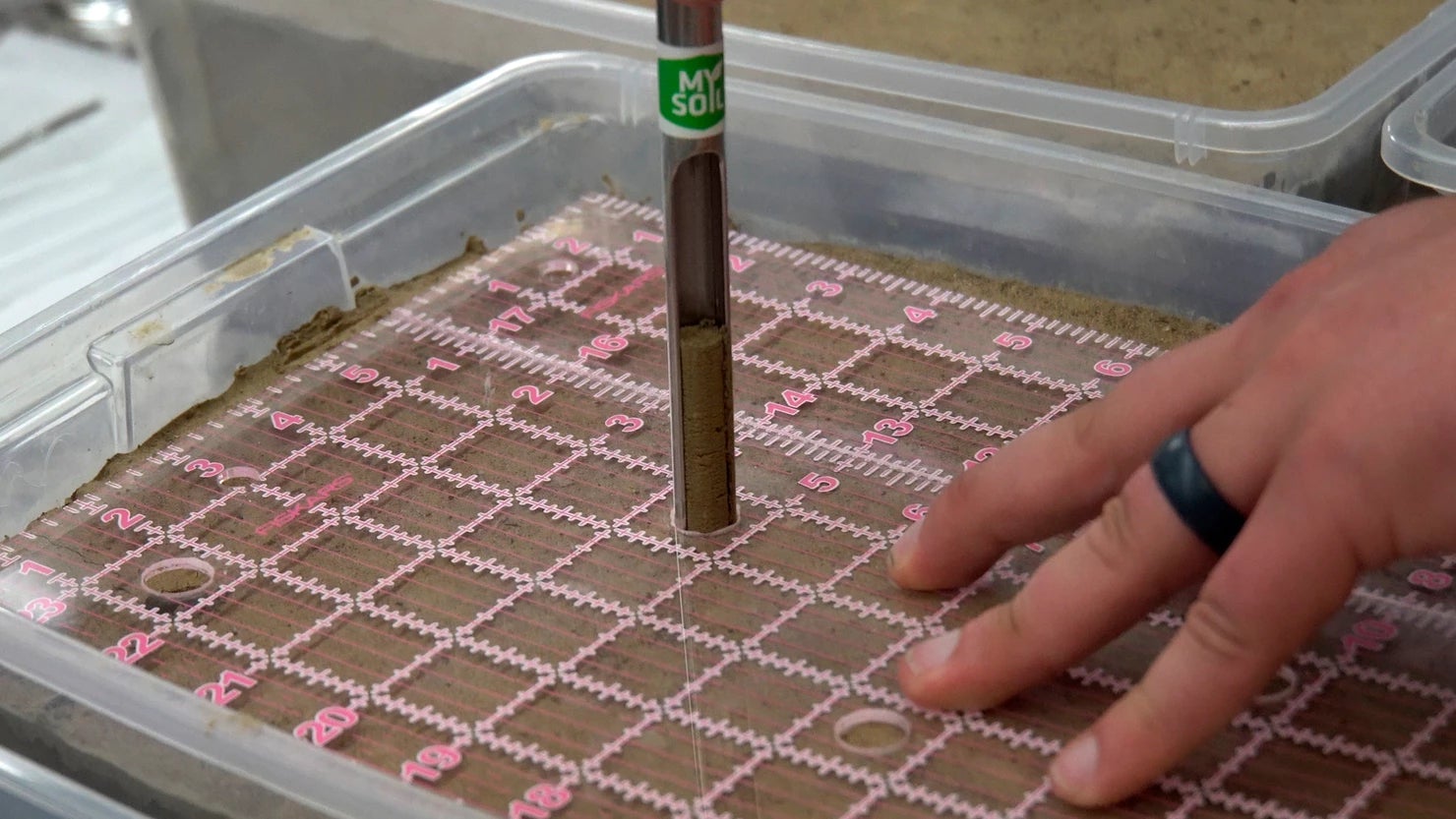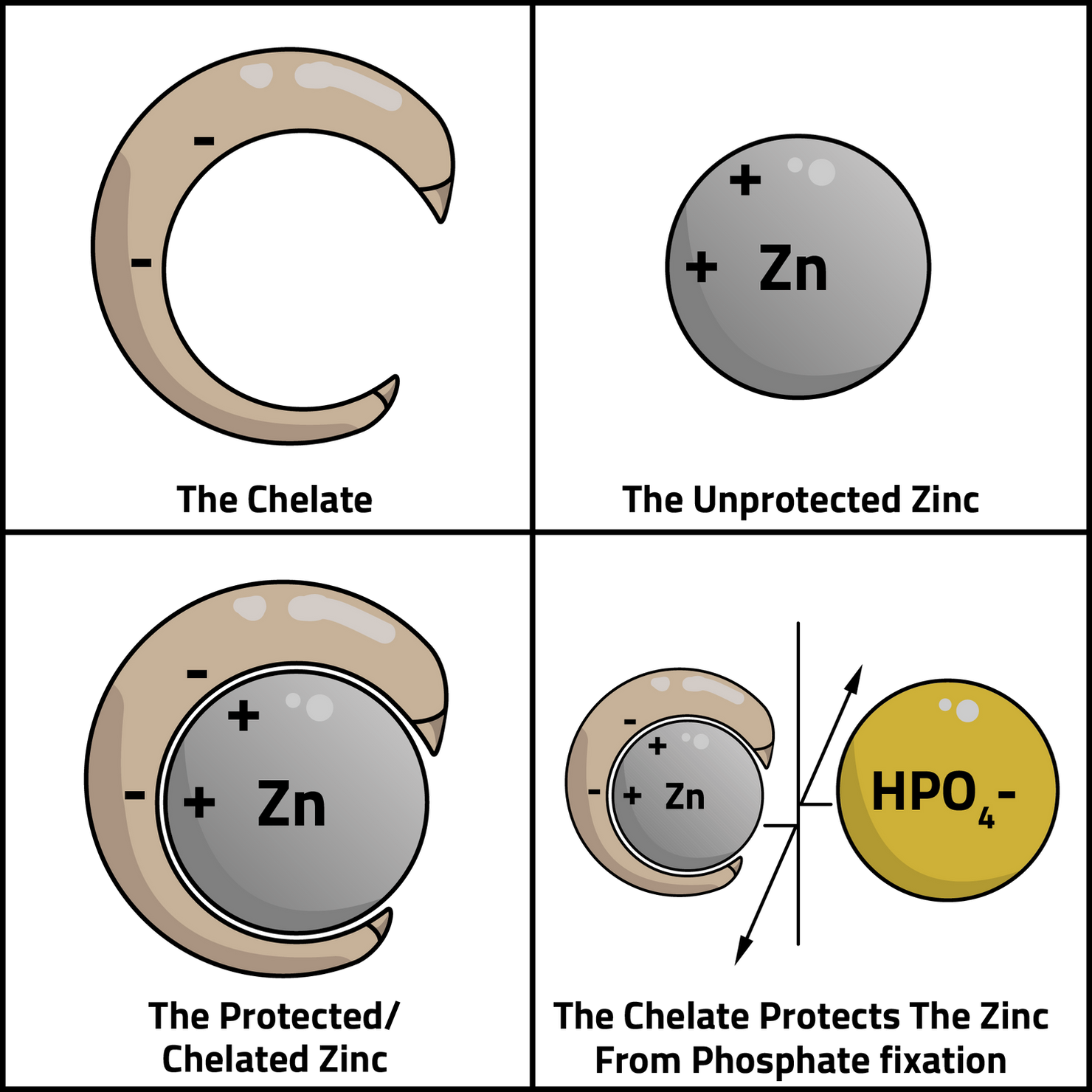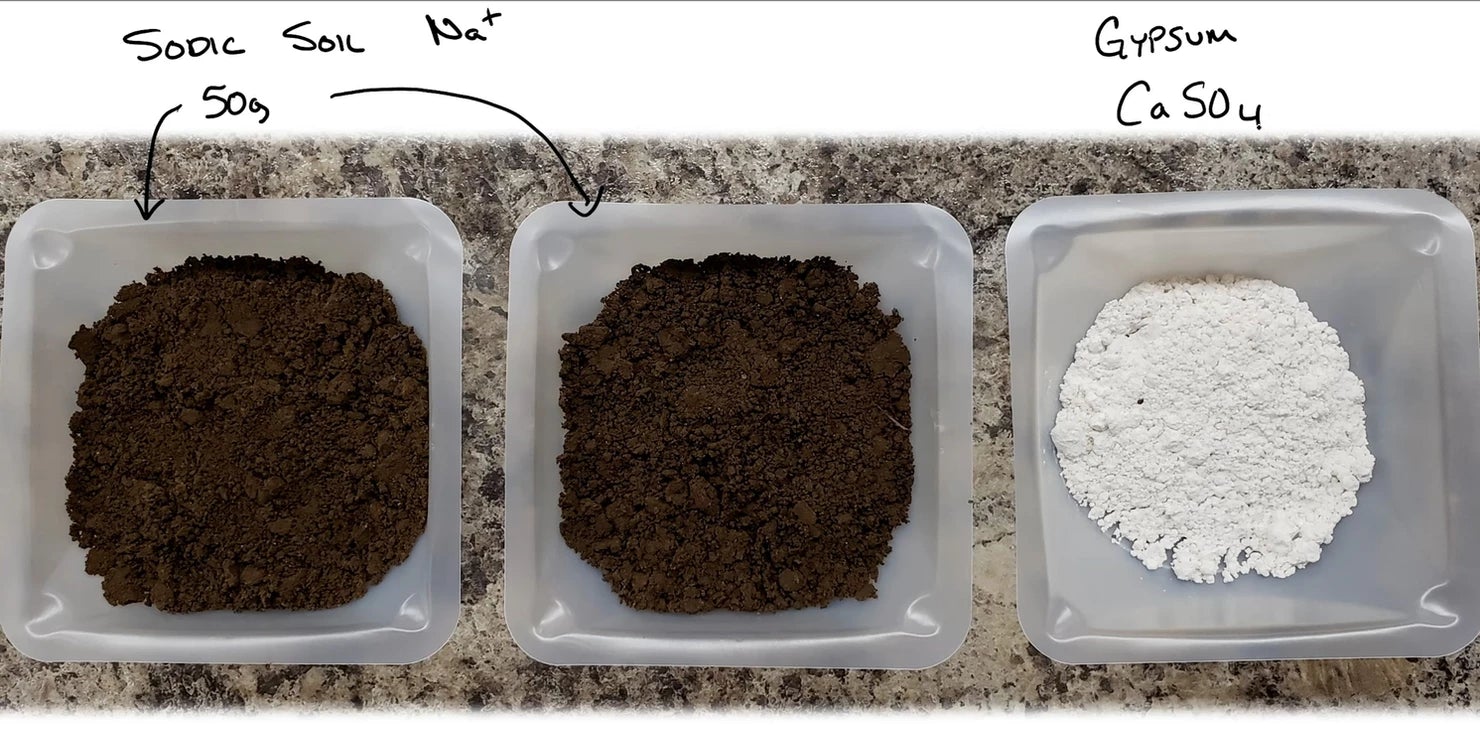MySoil - Jun 7, 2021
SoiLab pH Trial One Month Update
Here at MySoil we often get questions from DIYers about soil pH adjustments, both up and down. What should I apply? How much? How long does it take to work? How does it work? To help answer these questions we invited Matt from SoiLab to design and implement a pH adjustment trial that will perform 240 MySoil tests to ensure replicated and reliable data. Remember that the soils used in this trial are just a small sample, but directional trends should be similar to your own application. Depending on the unique chemistry of each individual soil, the time it takes to adjust a soils pH will vary. Keep amending and monitoring until you find the “sweet spot”.
How is the study designed?
The foundation of this study was finding and collecting four unique soils ranging from very acidic to very basic in pH. These soils were then amended with commonly recommended pH adjustment products that you can find at almost any lawn & garden store. Each of the four soils will be tested monthly for four months. Soils collected included a medium textured very acidic soil with a starting pH of 4.28, a medium textured acidic soil with a starting pH of 6.06, a coarse textured basic soil with pH 7.49, and the last was a very basic medium to fine textured soil with a starting pH of 8.36. The acidic and very acidic soils received the following treatments/amendments
- Untreated
- 40 lbs/1,000 sq ft of calcitic lime – CaCO3
- 80 lbs/1,000 sq ft of calcitc lime - CaCO3
- 40 lbs/1,000 sq ft of dolomitic lime - CaMg(CO3)2
- 80 lbs/1,000 sq ft of dolomitc lime - CaMg(CO3)2
The basic and very basic soils received the following treatments/amendments
- Untreated
- 4 lbs/1,000 sq ft of elemental sulfur
- 8 lbs/1,000 sq ft of elemental sulfur
- 2 lbs/1,000 sq ft of citric acid
- 4 lbs/1,000 sq ft of citric acid

Equal amounts of each soil were placed in a bin and firmed. You can think of these bins as an individual lawn or garden. After the soil was placed and firmed, each treatment/amendment was surface applied evenly to the bin and watered in with ¼ inch of deionized water having a pH of 6.8-7.0 . Equal amounts of water have been applied to each bin throughout the duration of the study, avoiding excessive dry down or saturation and maintaining each bin at, or near, field capacity.
After one month, six randomized soil cores were collected from each soil tray and split into three separate soil samples and three separate MySoil tests were performed for each treatment for a total of three tests per tray or a total of 60 soil tests in the first month!

1 MONTH RESULTS


What we can learn from the both the very acidic and acidic soils, is that lime, whether dolomitic or calcitic, increased soil pH. We also saw that higher rates, as expected, increased soil pH more. Calcitic lime increased pH more than dolomitic lime at each rate in these soils.
How do lime applications work?

When calcitic or dolomitic lime is added to an acidic soil the calcium and/or magnesium displaces the hydrogen, then the carbonate combines with the displaced hydrogen to make water and carbon dioxide. The hydrogen that was displaced no longer contributes to soil acidity.

In the basic and very basic soils we are seeking to reduce soil pH, or acidify the soil. What we found in this coarse textured, basic soil, is that elemental sulfur reduced pH at the low and high rate, and the high rate acidified it more. We also learned that the citric acid reduced pH, although not as much as elemental sulfur, and that the two rates of citric acid were numerically, but not statistically different.

Very basic soil pH’s, especially in medium and fine textured soils such as this one can be difficult to acidify, especially on a short timeline. This was demonstrated here, as after one month there were no statistical differences between the untreated control and any of the amended treatments. It will be especially interesting to track this soil and these treatments over the course of the next three months to see if the elemental sulfur or citric acid become more active and reduce the pH of this soil through time.
How does elemental S work?
Elemental Sulfur undergoes oxidization by soil microorganisms converting the sulfur to sulfuric acid, and ultimately sulfate. This conversion process yields hydrogen ions and drives soil pH down. This process can take time as it is dependent on soil microbial activity (warm soils), the presence of water, and the presence of free oxygen. For this reason late Fall applications of elemental sulfur are often less effective than spring applications as soils are warming in the spring.
How does Citric Acid work?
Well, in short, we are applying a weak acid directly to the soil. It is recommended to water this immediately and wash from leaf surfaces to avoid any phytotoxic effects (leaf injury). There is conflicting scientific literature on the efficacy of citric acid in reducing soil pH which is the reason for its inclusion in this trial. It does tend to break down rather rapidly in the soil environment, so, although not tested in this trial, some lawn and garden enthusiasts are observing soil acidification with multiple applications on short intervals overtime.
Take Aways
If your lawn or garden has a pH that is outside of the optimal zone there are a number of readily available products such as calcitic lime, dolomitic lime, elemental sulfur, or citric acid that you can use to directionally move your pH to maximize product efficacy, nutrient availability and biological activity in your soil. The lime rates used in this study are quite high for a single, surface applied lawn application and we’d recommend using or even splitting the lower 40 lb/ 1000 sq. ft. into multiple applications over the season. Remember, Sulfur applications are reliant on soil microorganisms to facilitate the acidification process so these applications should align seasonally when your soil is most alive; this typically coincides with active plant growth in your region. Never hesitate to use multiple applications at lower rates throughout the growing season with any of the products mentioned to start moving your soil pH in the right direction. Small changes can often times yield large responses. We hope that you can use our data to help drive your decisions in the lawn and garden!



